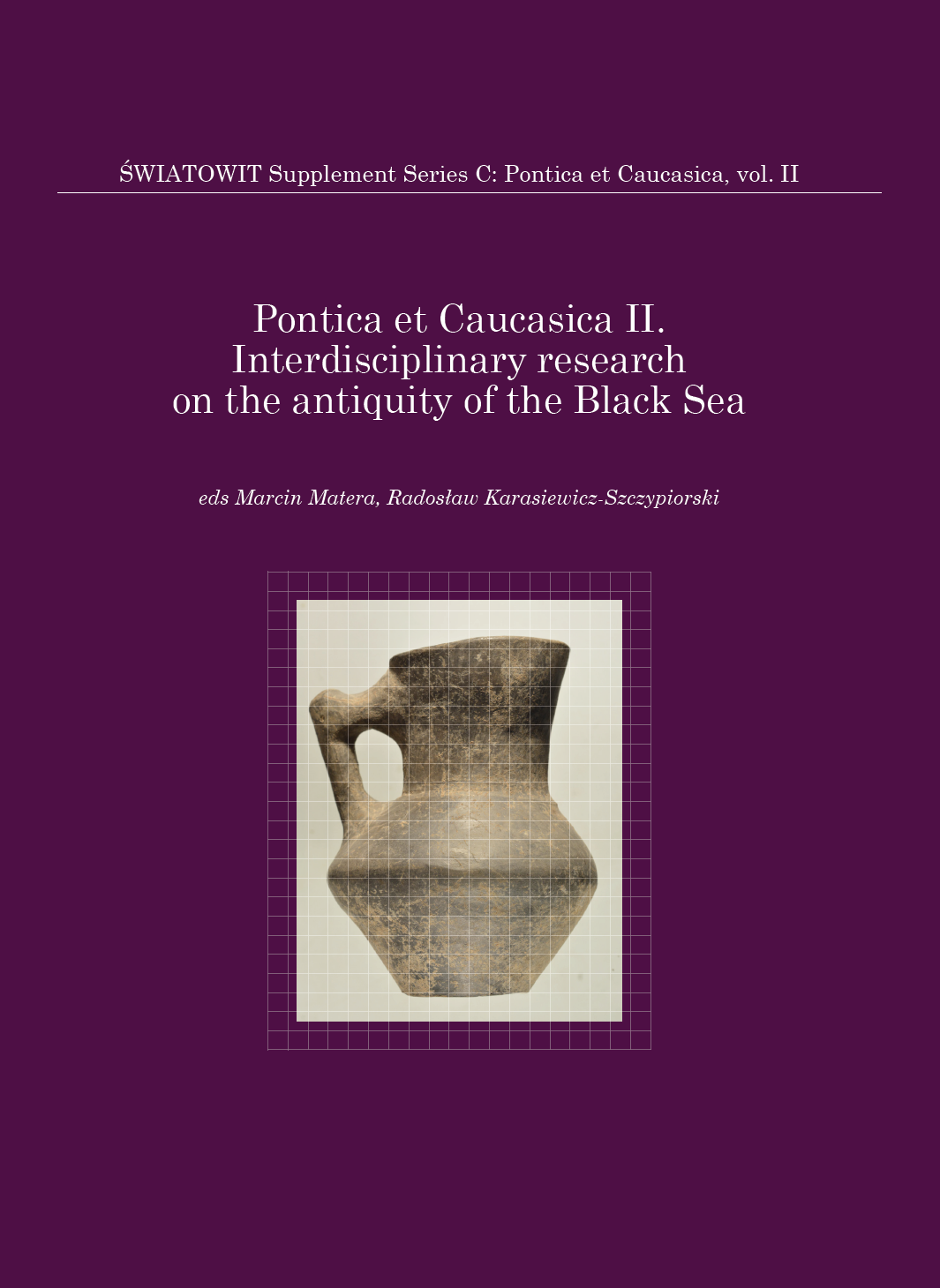Archaeological research of the Roman fort of Resculum in the light of the LiDAR scanning
Archaeological research of the Roman fort of Resculum in the light of the LiDAR scanning
Author(s): Jacek Rakoczy
Subject(s): Archaeology
Published by: Wydawnictwa Uniwersytetu Warszawskiego
Keywords: LiDAR; Roman period; limes; remote sensing; landscape archaeology
Summary/Abstract: Located north of the Danube, Dacia Porolissensis was an area in which the Roman world met with the lands of the Sarmatians and the eastern Germanic tribes. The north-western border of the province is one of the least known parts of the limes. Limes Dacicus had an extensive infrastructure consisting of earthworks and stone and wood constructions that varied in chronology. The soil properties in the sites located on the limes can be used to illustrate the strengths and weaknesses of geophysical surveys used in archaeology. The aim of the article is to present digital data collected utilizing both the ground based and aerial based laser scanning. In 2017 MGGP Aero Sp. z o.o. [Polish limited liability company] conducted a LiDAR scanning (using remote sensing methods) of the site for the project „The Roman fort of Resculum. Functions, significance and chronology of Roman settlements on the south-western part of the limes in Dacia Porolissensis ”funded by the Polish National Science Centre. For the surface of approximately 50 sq. m a full-waveform scanner was used to obtain a 4 pts/m 2 cloud, with a vertical accuracy of 0,15 m and a 30% lateral cover. The area is being researched by the Institute of Archaeology of the Nicolaus Copernicus University in cooperation with the National Museum of Transylvanian History in Cluj-Napoca. During field surveys the company Leica Geosystem conducted scanning of selected, documented archaeological sites. The aim of the research in Romania is to establish the character of Roman settlement in the Resculum region. Roman auxiliary forces had been stationed in that area, and their purpose was to keep watch over the bordering areas from watchtowers located in the mountains. Field research had yielded a considerable amount of well preserved ancient structures. The effects of aerial laser scanning are a useful tool in the demarcation of borders, especially helpful in identifying earthworks, moats, signal towers and other structures connected with the safeguarding of the border.
Book: Interdisciplinary research on the antiquity of the Black Sea. Volume II
- Page Range: 291-298
- Page Count: 8
- Publication Year: 2021
- Language: English, Russian
- Content File-PDF

